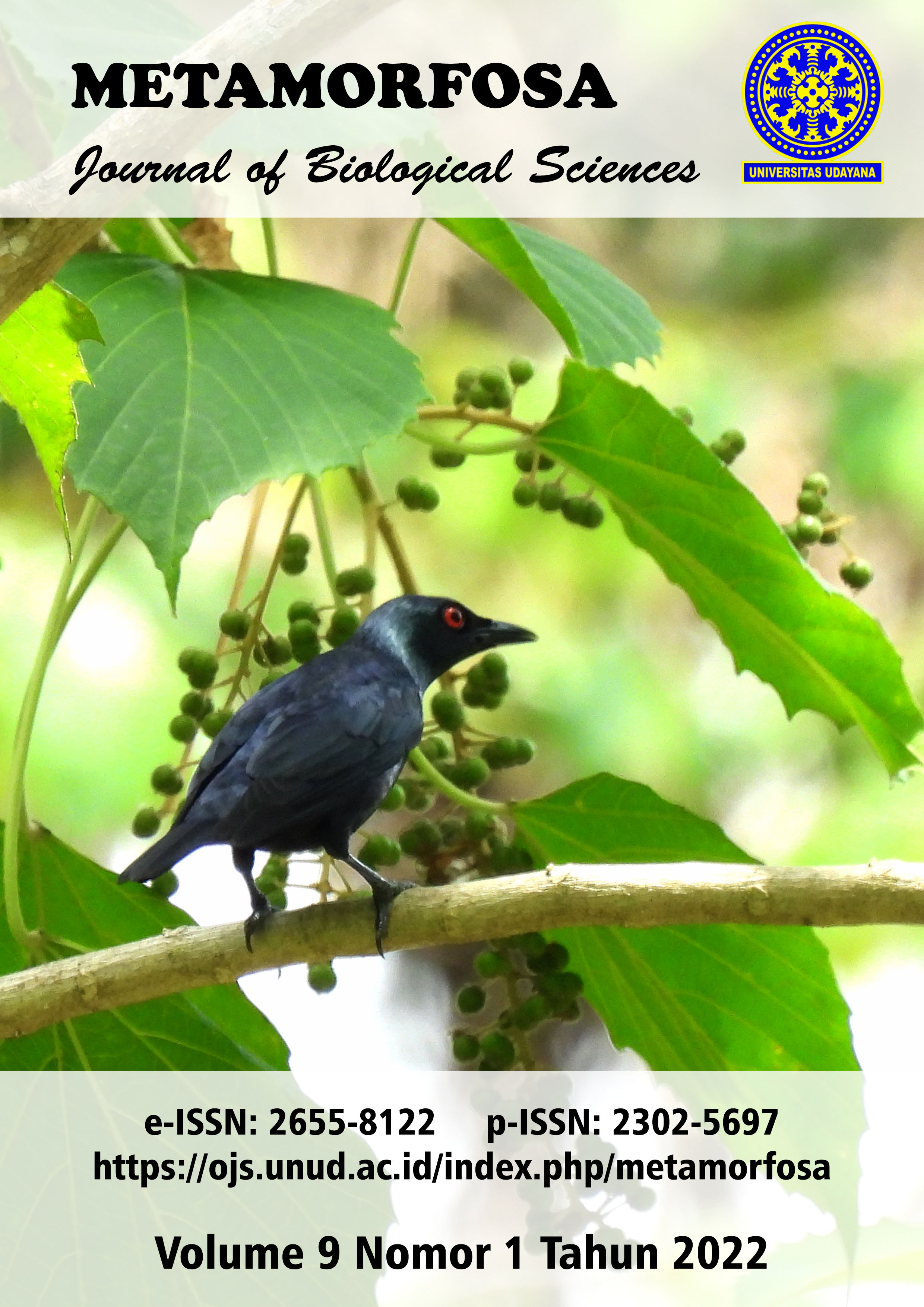Potential of Genitri (Elaeocarpus sphaericus Schum.) on Leukocytes and Pulmonary Tissue Structure Influenza Virus Induced Wistar Rat
Abstract
Genitri (Elaeocarpus sphaericus Schum.) is an endemic plant of Indonesia that has not been widely cultivated and utilized. The use of genitri is usually as road shade, firewood, seeds for jewelry. The results showed that the diversity of chemical compounds genitri had potential for health. The aim of the study was to analyze the potential of genitri to leukocytes and lung tissue structure of wistar rats induced by influenza virus. The study used an experimental approach, with experimental animals in the form of 24 male wistar rats in 4 treatment groups, P0 negative control, P1 influenza virus induction (positive control), P2 influenza virus induction and given genitri leaf, and P3 influenza virus induction and given genitry seeds. Virus induction on day 0 and day 14. Leaves and seeds were given on the 3rd day. Surgery was performed on day 5 and day 33. The number of leukocytes were calculated using microhematocrit, and identified leukocytes and lung tissue structure staining with HE staining. The results showed that genitry seeds could increase the number of leukocytes up to 13,000 cells/µL, the size of the alveoli diameter was 31.48 m, the size of the alveolar septum was 12.02 m.
Keywords: Antiviral, Elaeocarpus Sphaericus Schum, Genitri, Leukocytes, Pulmo





